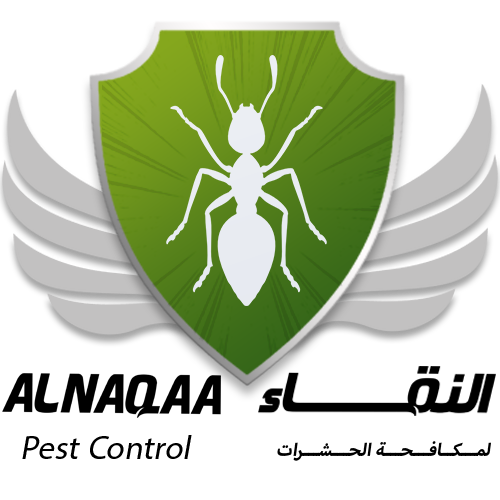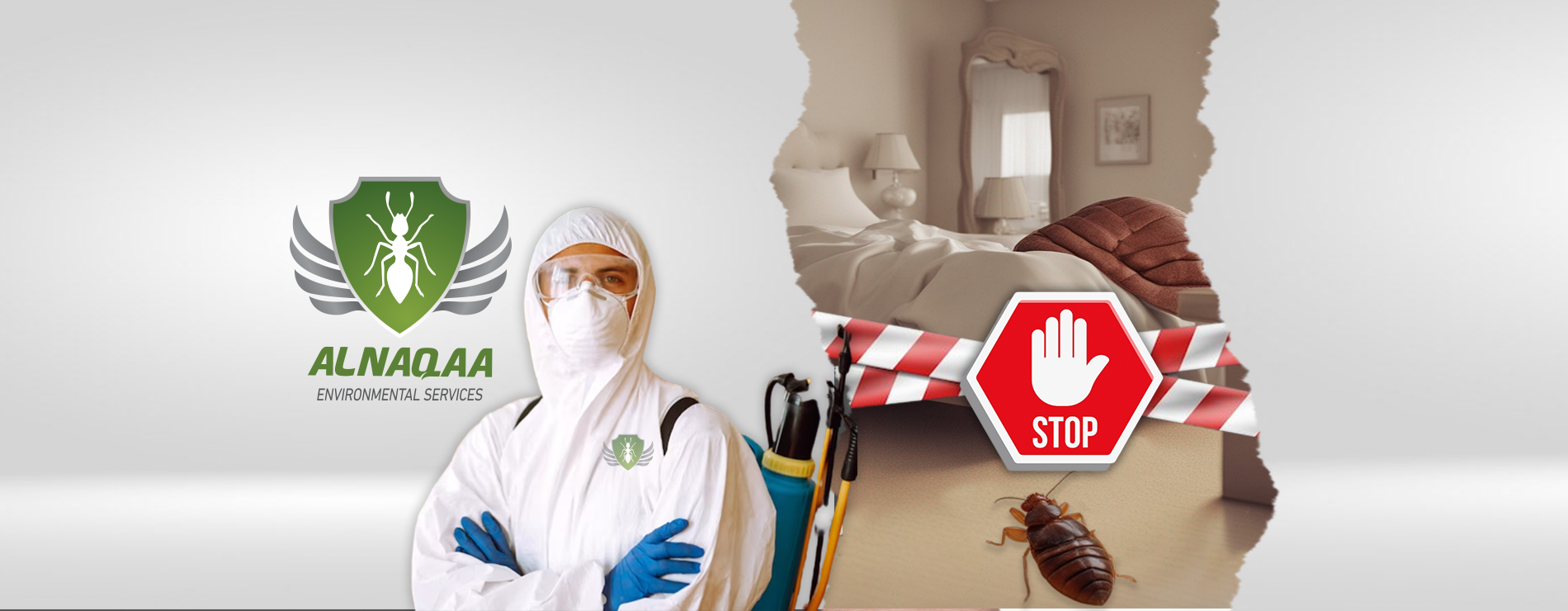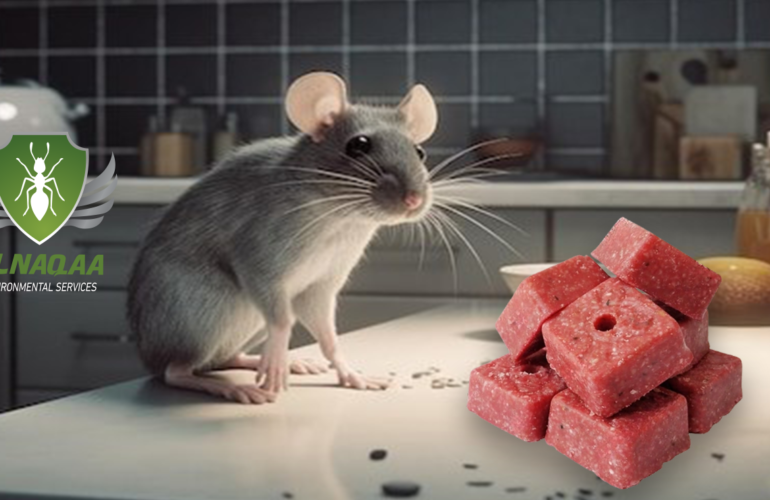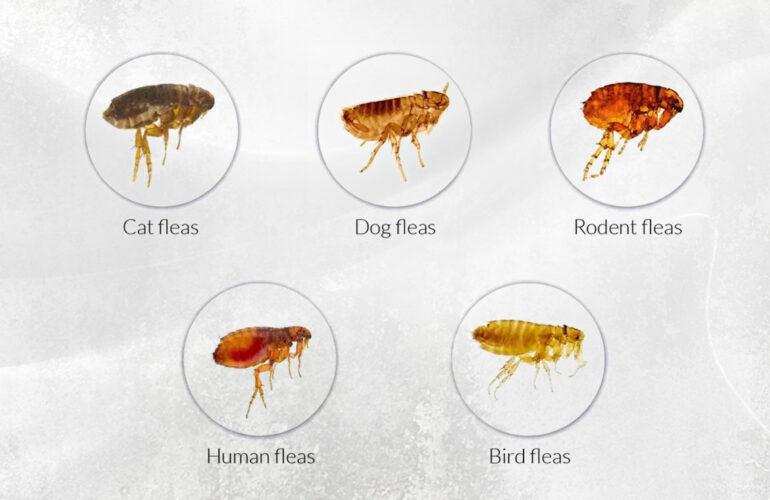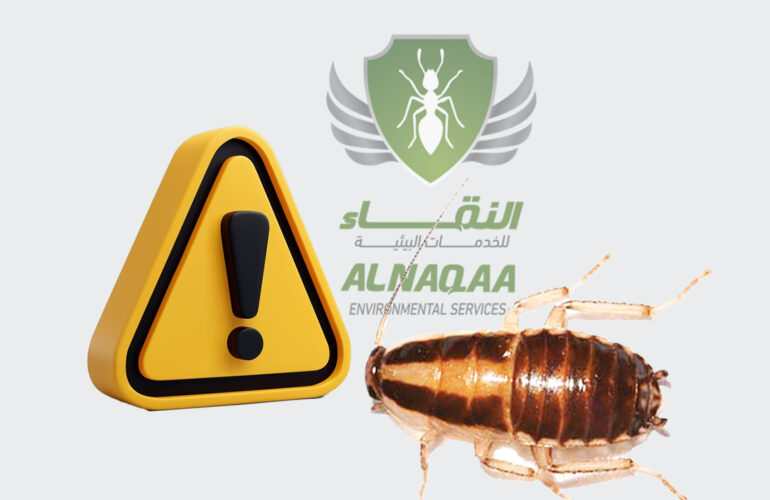Bed Bugs: Strategies for Eradicating the Unwanted Houseguests
The Cimicidae family of tiny, parasitic insects includes bed bugs. They have an oval structure, are reddish-brown in color, and are flat. These insects usually feed on the blood of people and animals while their hosts are sleeping at night.
Bed bugs are frequently discovered in upholstered furniture, gaps and fissures in walls or floors, mattresses, and other places where people rest or sleep. They make excellent hitchhikers and are conveniently transported from one location to another by baggage, secondhand furniture, or clothing.
Bed bug infestations are not always a sign of filth or bad hygiene. Even the cleanest places, like hotels, houses, and public transit, can get infested with them. Bed bug infestations are becoming a widespread problem, and the comeback of these pests in recent years has presented substantial difficulties for pest management specialists.
Bed bugs are considered very bothersome insects for Red, itchy welts on the skin, frequently grouped in a line or cluster, can result from bed bug bites. Bed bug bites, however, don’t always cause a reaction in everyone, and some people may not even show any signs. People may not even be aware of an infestation until they discover bites or other symptoms such as bloodstains, dark fecal patches, or bed bug skins on bedding or furniture. The bites are typically painless.
The procedure for getting rid of bed bugs can be complicated. Usually, it entails a combination of deep cleaning, vacuuming, steam cleaning, and insecticide application. It is frequently necessary to use professional pest control services to completely eradicate bed bug infestations.
Being watchful when traveling and checking hotel rooms or other lodgings for bed bug indicators are two ways to prevent bed bug infestations. It’s also crucial to refrain from bringing used furniture into your house without first checking for symptoms of infestation.
Bed bugs are parasitic insects that consume both human and animal blood. They may invade different settings, causing discomfort and inconvenience. To get rid of these pests and stop their spread, quick action and expert aid are required.
They are also considered to be rapidly breeding and spreading insects, with their numbers increasing significantly in a short period of time because, during their life cycle, the female lays between 100 and 150 eggs at a rate of 3 to 5 eggs per day and then hatches eggs after 8 to 11 days under normal conditions. When the temperature rises, the eggs hatch seven days after the mermaid emerges and starts looking for food (blood). The mermaid phase lasts 5 to 8 weeks before the mermaids mature into adult insects and begin feeding and reproducing. The bug bugs are distinguished by the fact that both sexes feed on blood (bury feed on blood), which annoys humans, and the bugs may survive without food for up to a year and a half.
This makes bug control critical, so we will learn jointly how to detect the bug as well as how to handle and prevent it.
Tips from Al Naqaa Environmental Services on how to look for bed bugs in your home:
The bug is distinguished by the fact that it lays its eggs in a variety of locations, including cracks, small holes in walls, mattresses, and many others.
-
- Bug poop, which can be found on the borders of beds, pillows, and mattresses
2. The effects of blood on walls and mattresses
3. The existence of a characteristic odor in affected areas caused by some of the oily secretions emitted by the insect from the final thoracic ring
4. Sighting of an adult insect or its mermaids in the wild
- Bug poop, which can be found on the borders of beds, pillows, and mattresses
What is the medical and veterinary importance of a bedbug bug?
For the mermaid to reach adulthood, she must eat at least four meals, making bedbugs a good vector for disease. However, it has not yet been proven that any of the nurses are being transported to bedbugs under normal conditions, and their medical importance lies in their painful and annoying vaults, which may cause an allergy and skin irritation in some people.
What should you do if you discover the source of the bed bug in your home?
-
- Insulation of the room with a thousand people in your house from the rest of the house by not having any possessions from the room to the rest of the house until after treatment operations have been commenced
- Before they started dealing with the damaged room chemically, they washed all of the bedding and clothes that were discovered within.
- Search for and investigate the insect to conduct an in-room injury rate study. The critical harm limit in one location is 8–10 insects.
- Contact one of the competent individuals and pest control specialists to begin the process of insect control and extrication from the insect.
- No pesticide of any sort shall be manufactured without the presence of a pesticide expert.
The Al Naqaa Company’s Approach to Bug Control in Residential Areas
Dear reader, you should be aware that a bug has recently become one of the most common insects on the planet, as well as one of the most resistant to insecticide production. As a result, controlling bedbugs necessitates a high level of technical competence as well as familiarity with the bug’s behavior and development.
In this section of the article, we will go over the proper technique to control the chemical bug:
-
- Examine the damaged area to establish the severity of the injury and the extent to which it has spread.
- After determining the extent of the harm, remove any blankets and mattresses from furniture, as well as any available garments, to prepare them for washing. Continue with the chemical treatment of the afflicted area using ultra-volume spray devices and a pesticide.
- Treat the affected region three to five times, with a sufficient period (from seven to ten days) between transactions to verify the quality of the control and to determine the influence of the pesticide employed on the target.
- Do not use or allow the use of any home-experienced compounds, such as phosphide aluminum.
- Before reusing the family and places that have been subjected to chemical control, they must be ventilated.
- Pesticides must be used in the allowed amounts and by professionals.
Prevention of bedbugs in the home
-
- Proper ventilation of the house and the opening of windows to expose the area to light regularly
- Pay attention to personal and public hygiene in the home to keep insects at bay in general.
- Periodic protective insect control (6 months) within the home to guarantee that the space is insect-free.
- Laundry, family, and mattress neglect


